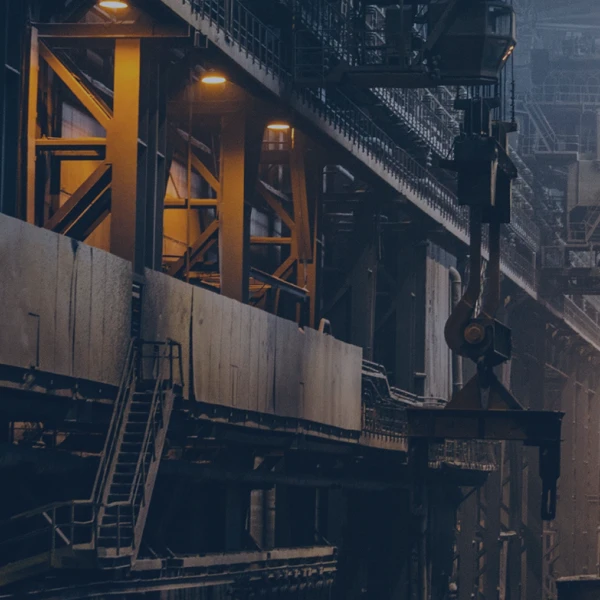
The industrial sector can be broken down into two main job categories: technical occupations and engineering occupations. The industrial sector is divided into several stages: design and process engineering, production, maintenance and QHSE (quality, health, safety and environment). Logistics manages the storage and shipment of different products.
The production department lives up to its name. He is in charge of creating a company’s finished products.
It includes all staff on the production line, the personnel responsible for production and the management committee.
Among the industry’s technical professions, several can be highlighted, such as production line operators, quality controllers, setters, toolmakers, milling turners and so on.
All these players in the industry technically design products in compliance with specifications defined upstream.
Engineering in industry refers to a number of professions: production team leader, production manager, etc.
They play an active role in managing production projects, from planning the various stages to managing teams, deadlines, equipment and so on.
The aim of the design office is to guide the customer towards technical and structural choices. To do this, the staff relies on data analysis.
To succeed in its mission, the design office relies on industrial engineering and industrial technicians who are experts in the fields of industry, IT, civil engineering and so on. Their skills don’t stop there, however, as they are also experts in workplace organization and the environment.
In short, their role is to optimize production costs and technologies. The design office can also look at managing the risks inherent in the supply chain.